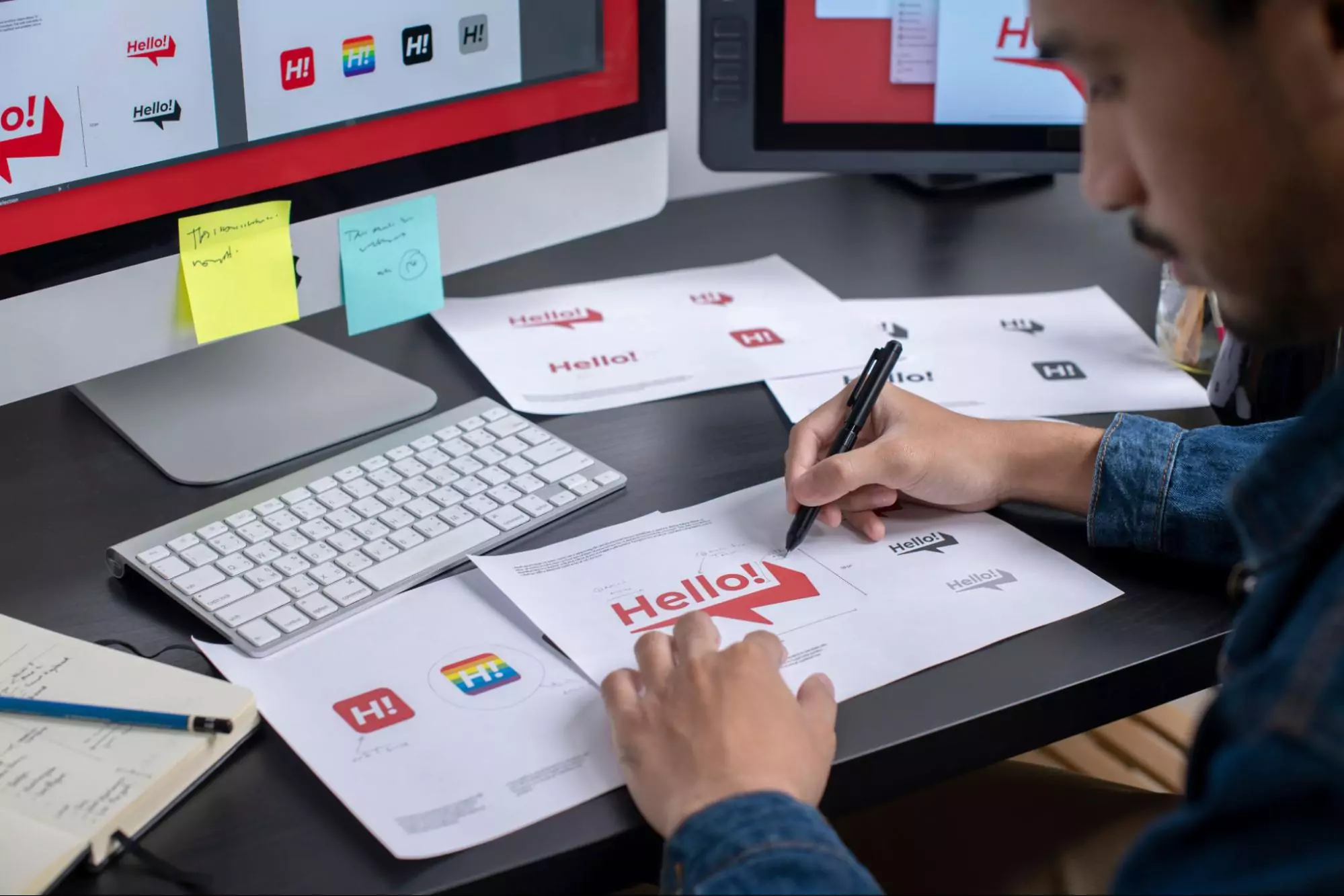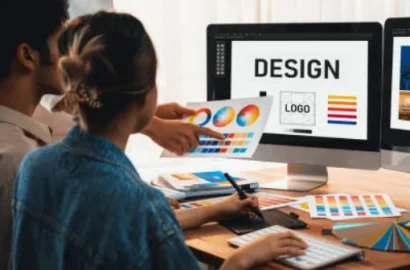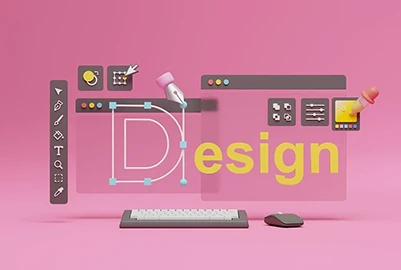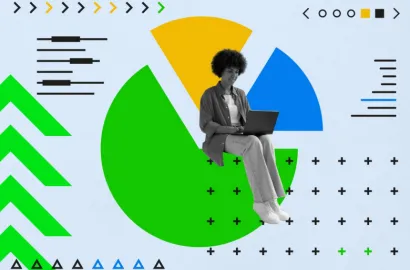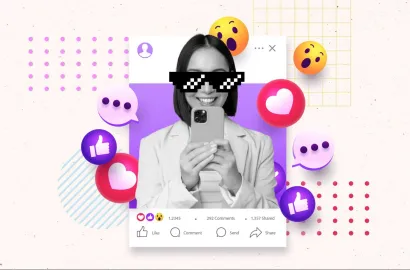Want to design a logo that stands out from the crowd? Take inspiration from these remarkable logo design ideas.
In the world of branding and graphic design, logos have a critical role to play. They embody and communicate what the brand is all about, sparking a connection with the target audience and, over time, establishing a brand identity that’s familiar and recognizable.
Designing a logo is a great creative challenge. How do you condense everything the brand stands for into one little visual? How do you create something unique yet meaningful?
An excellent way to kick-start the logo design process is to seek inspiration from others. To help you, we’ve rounded up the most impressive logo design ideas, complete with examples.
Here are the logo design ideas we’ll highlight:
- Text on text
- Text and imagery intertwined
- Classic black and white
- Powerful minimalism
- Text over imagery
- Unique iconography
- Color pop
- Creative typography
- Smart negative space
- Symbolic geometry
- Vintage logo design
- Hand-drawn logos
- Dynamic logo design
Let’s get inspired!
1. Text on text
If you’re creating a wordmark logo and want to incorporate two text elements, try the text-on-text logos. This logo design idea involves layering smaller, lighter ‘secondary’ text on top of larger, bolder ‘primary’ text.
This fun twist on the classic wordmark allows you to include more information in your logo—for example, the brand name and a very brief explanation of what the brand offers—which is great for connecting with the target audience and making sure your logo is meaningful.
When layering text on text, be sure to create plenty of contrast. Use different colors for the primary and secondary text, as well as contrasting typefaces. You can learn more about typefaces and fonts in this introductory guide to typography.
Text on text logo examples:
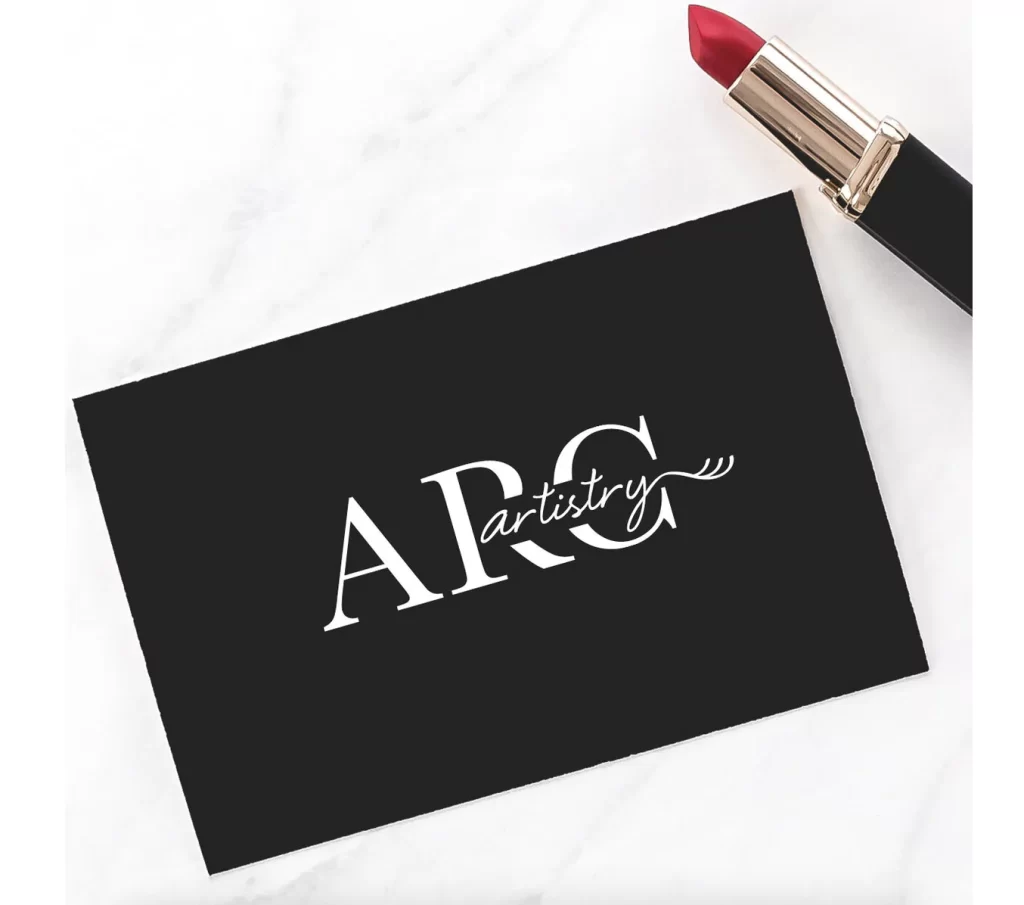
Image Courtesy: E.S. Creative Co
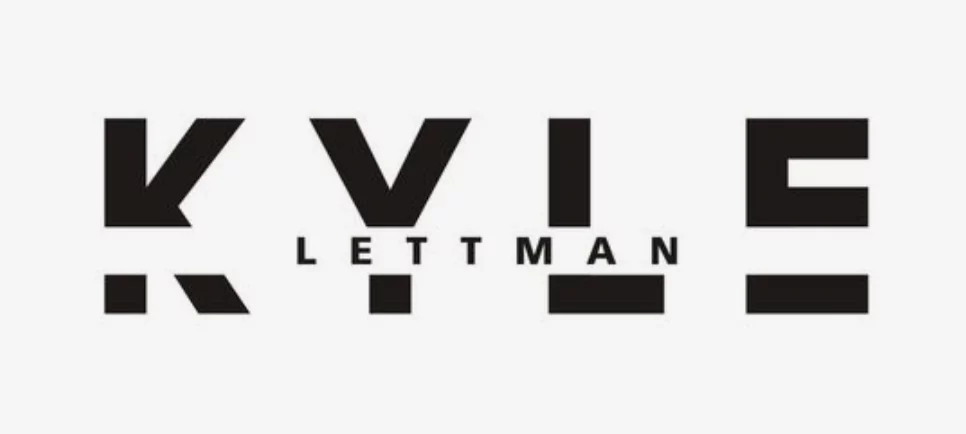
Image Courtesy: Pinterest
2. Text and imagery intertwined
Combination logos are one of the best types of logos for versatility and creative freedom. If you’re designing a combination logo that includes both a wordmark and a pictorial mark (i.e. an image, icon, or graphic), consider fusing the two together for a unique and eye-catching logo design.
One popular approach is to replace a letter in the wordmark with a symbol, so the image effectively becomes part of the word. Another approach is to have the pictorial mark branching off of the wordmark—for example, the last stroke of the last letter in the wordmark might extend into a symbol or graphic.
A potential drawback of this logo design idea is that it may impact readability and clarity. If you do intertwine text and imagery, make sure that the wordmark is still entirely legible—and that the viewer doesn’t have to focus too hard to figure out what the logo is displaying.

Examples of text and imagery intertwined:
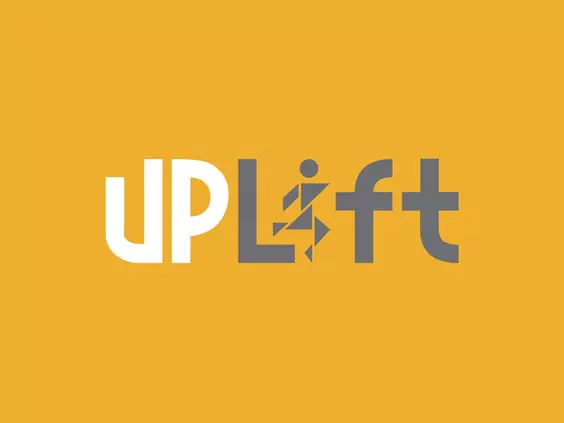
Image Courtesy: Pinterest
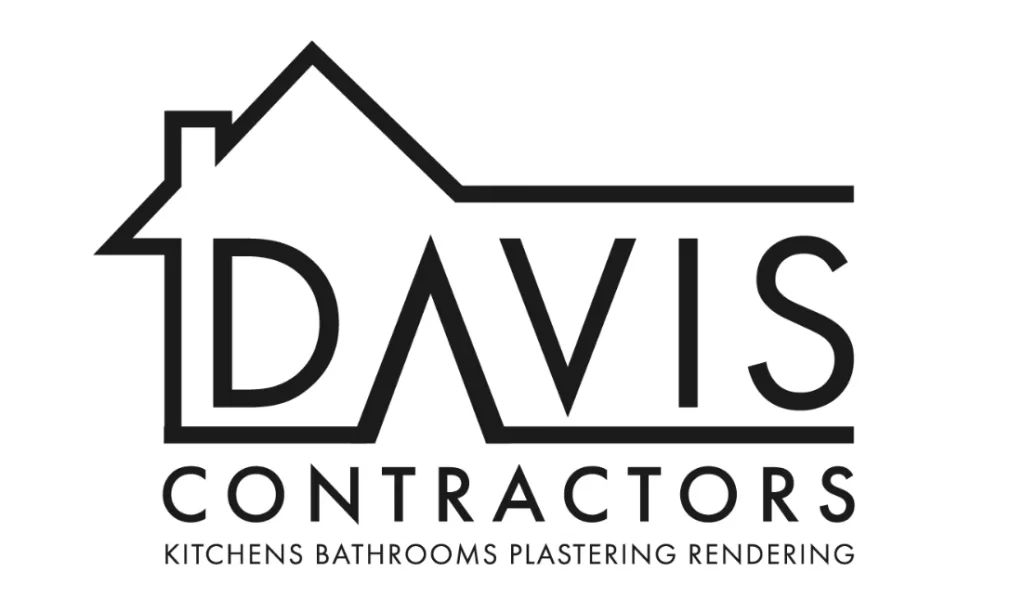
Image Courtesy: JM Graphic Design
3. Classic black and white
Want to design a logo that’s iconic, timeless, and highly versatile? Then try the classic black and white logo design idea. Depending on the imagery, typography, and composition you use, black-and-white logos can be edgy, artsy, luxurious, or formal—there’s a lot more scope for a creative license than you might think!
The great thing about black and white logos is that they’re adaptable. They’re easily scaled up and down and work well in most settings and contexts. And you can always create a colorful variation of your logo for special occasions and use cases.
Black and white logo examples:
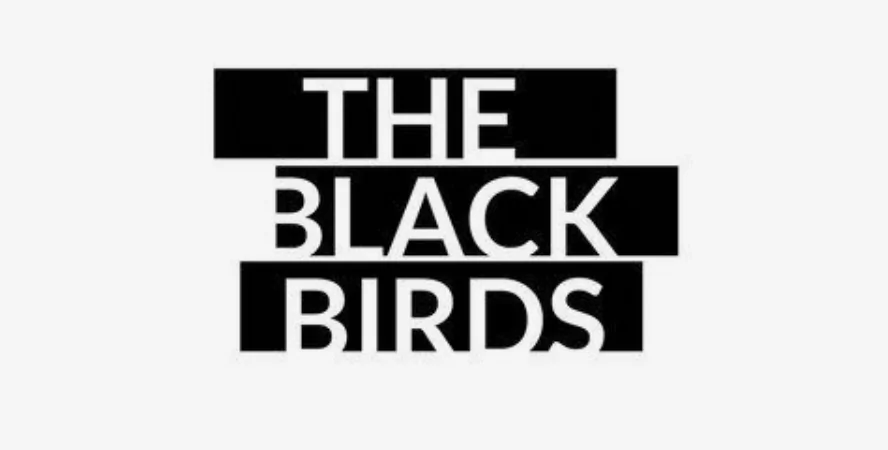
Image Courtesy: Pinterest
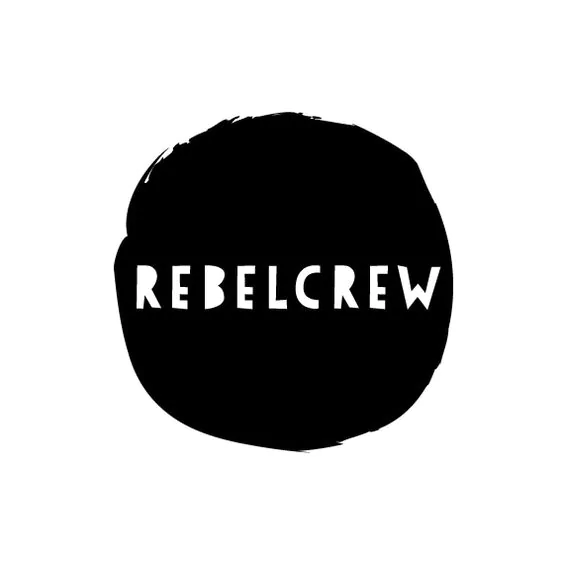
Image Courtesy: Pinterest
4. Powerful minimalism
Some of the most high-impact logos are incredibly minimalistic. You don’t need to go overboard with fancy typefaces and elaborate graphics to catch the viewer’s attention—especially if your brand values are all about simplicity, directness, and ease.
Minimalist logo design can take many different forms, from a simple standalone wordmark to a clean, uncomplicated pictorial mark, or a combination of the two (as long as things don’t get too cluttered!)
Want the utmost clarity, legibility, and versatility for your logo? Combine the powerful minimalist style with the classic black and white idea. It’s a winner!
Minimalist logo examples:
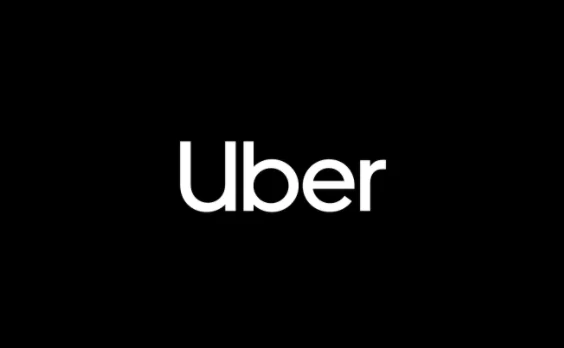
Image Courtesy: Uber

Image Courtesy: Pinterest
5. Text over imagery
Our first logo design idea looked at layering text on text. Another variation on the combination logo type is to layer text over imagery.
Consider this if you want to create a more elaborate, multidimensional logo that’s richer in detail. You can apply this idea in color or black and white—the main thing is to ensure sufficient contrast between the text and the background image. Each element should be clear and easily distinguishable.
Because they’re visually more complex, such logos may be harder to scale up and down, so bear that in mind before you commit to this logo design idea!
Text over imagery examples:

Image Courtesy: Wikipedia
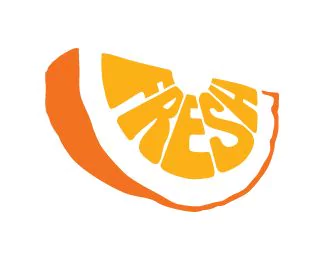
Image Courtesy: Logoworks
6. Unique iconography
There’s nothing like a unique, custom icon to set your logo apart and connect with your target audience. You can have a lot of fun with this logo design idea—you can create an icon that forms the basis of the logo itself, or feature it as a secondary element next to the brand name.
If you want to make the most of this style, focus on making your icon the main character. For example, if you’re combining your icon with a wordmark, choose a plain typeface so that the icon stands out.
Examples of logos with unique iconography:
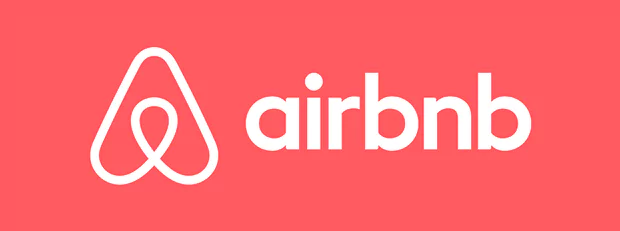
Image Courtesy: digital.ink
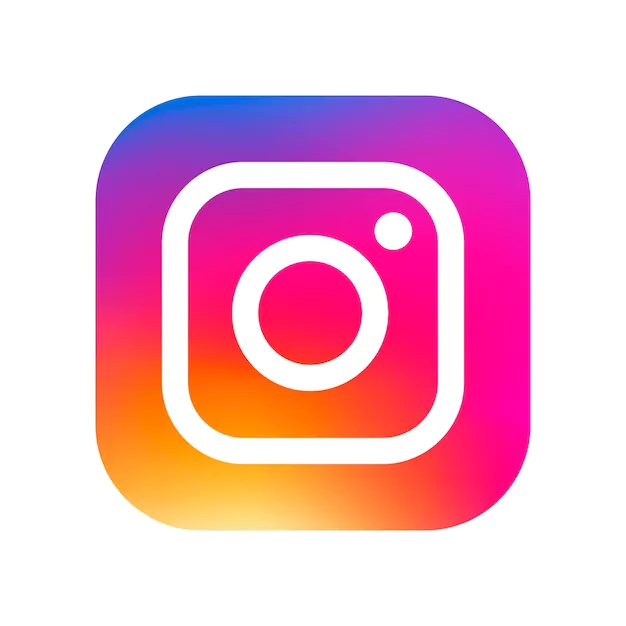
Image Courtesy: Freepik
7. Colour pop
If you’re designing a logo for a vibrant, out-there brand and want to make a bold visual statement, we say eschew the classic black and white style in favor of bright, popping color.
Whether you’re designing a wordmark, a pictorial mark, a lettermark, or a combination, there’s only one rule here: turn up the volume on the color. Choose complementary colors—these create the strongest contrast when placed next to each other—and dial up the color intensity.
Of course, it’s important to choose your logo colors based on the brand's personality. Look into color combinations and color theory to understand how different colors work together and how color can influence the viewer’s mood or emotions.
Color pop logo examples:
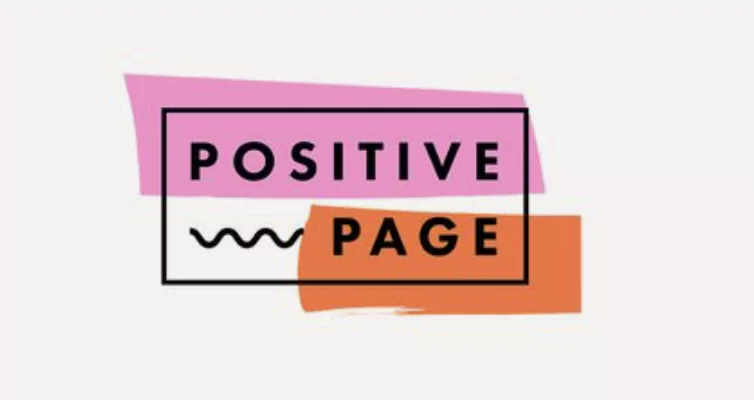
Image Courtesy: Positive Page | ELLIE BARKER
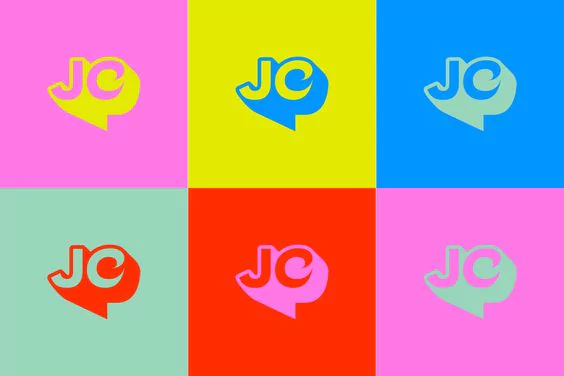
Image Courtesy: Kathie Baptista
8. Creative typography
Typography is an incredibly powerful tool in logo design, especially if you’re creating a wordmark or lettermark logo. You need to style the text in a way that accurately expresses the brand personality—and why not get creative here?!
If the brand allows for it, be experimental with your typography. Try designing a custom typeface, or come up with something completely out of the box—like using different typefaces for different letters within your wordmark. This works really well if you want to design a logo that’s unique, funky, and a bit out of the ordinary.
If you’re new to the art of typography, you can learn all about the key elements, rules, and principles of good typography here.
Just need some inspiration? Check out these 30 outstanding typography examples.
Creative typography logo examples:
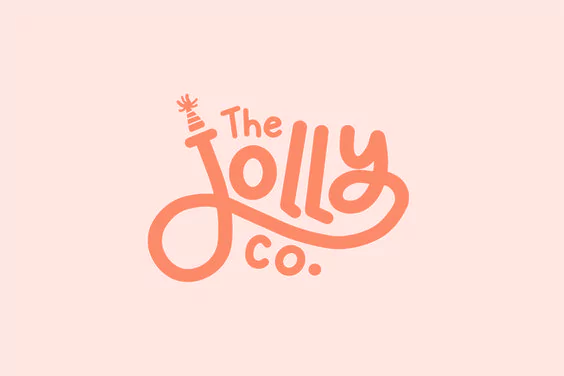
Image Courtesy: Hana Kirchhoff on Behance
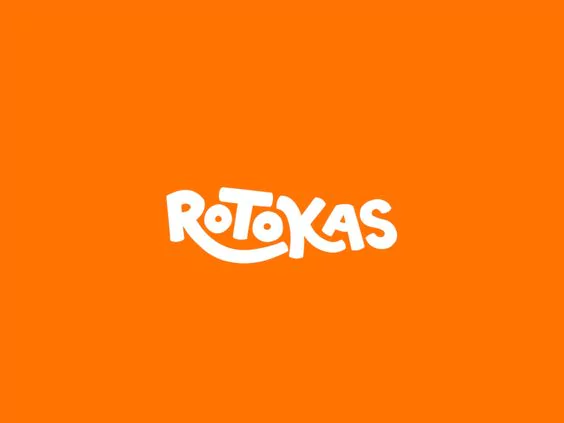
Image Courtesy: Victor Zanin on Dribbble
9. Smart negative space
Negative space, otherwise known as white space, is the blank or empty space between and around different elements within a design. Negative space is a crucial design tool as it creates contrast, ensures that each element is easy to read or distinguish, and generally prevents your designs from becoming too cluttered.
Clever use of negative space can also add another layer to your logo design. For example, you might create one image using positive space and design it in such a way that the negative space around it forms another image.
This is one of the trickiest logo design ideas to apply; it requires lots of creativity and experimentation. But, if you can nail it, you’ll create a logo that’s unique, intriguing, and bound to pique the viewer’s interest.
Examples of logos with smart negative space:
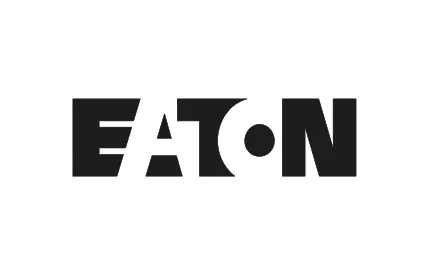
Image Courtesy: Logo Design Love
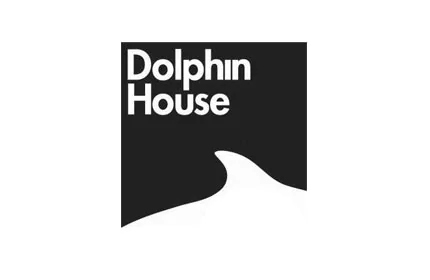
Image Courtesy: Ico Design
10. Symbolic geometry
This logo idea is all about modernism, clean lines, and sharp, sleek designs. Yes, we’re talking about geometry. Whether you’re designing a combination logo or an abstract pictorial mark, geometric shapes can make a powerful statement about the brand.
In fact, according to the psychology of shapes, every geometric shape has a meaning attached to it. For example: circles typically represent unity, community, and continuity, squares and rectangles are commonly associated with stability and security, while triangles can be used to convey a sense of motion or direction.
If you want to create a powerful, symbolic logo, consider experimenting with geometry. Perhaps you’ll pick just one shape that best represents the brand, or you might want to combine different shapes to create something entirely unique. You’ve got full creative freedom with this one!
Geometric logo examples:
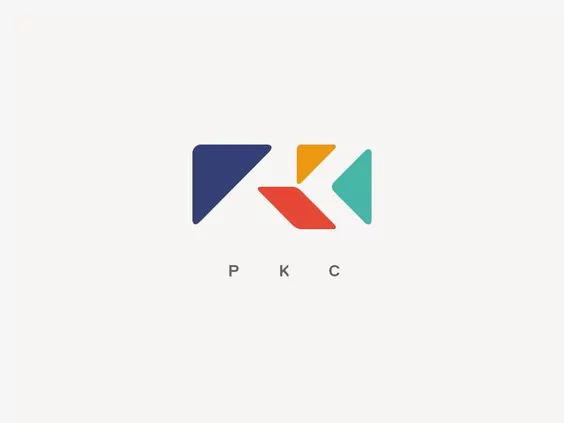
Image Courtesy: Chris Hendrixson on Dribbble
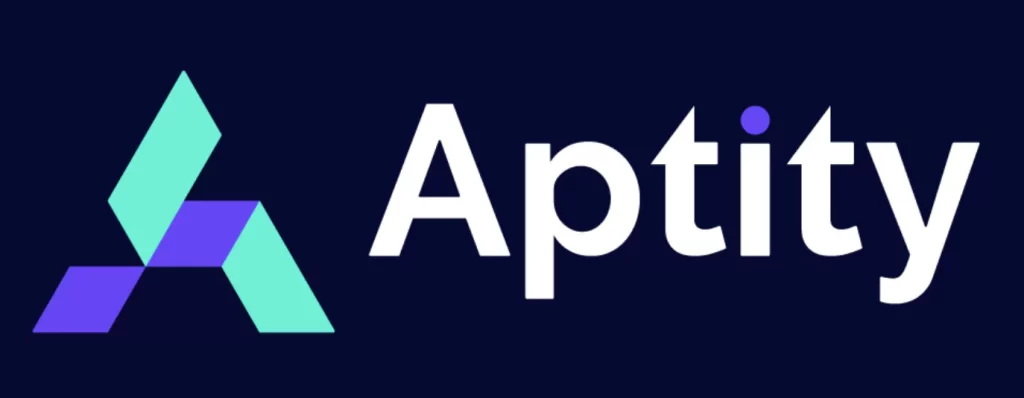
Image Courtesy: MD Foysal Hossain on Behance
11. Vintage logo design
This logo idea isn’t suitable for every brand—but, if you want to convey a sense of nostalgia, authenticity, or long-established authority, consider a vintage-inspired design.
The vintage trend works especially well for emblem logos (those that incorporate text inside a shape, like a shield or a crest), wordmark and pictorial combination logos, and mascot logos.
You can nail the vintage logo design idea by incorporating decadent, cursive type and opting for a muted color palette—think tan, dusty pink, or faded teal. The black and white style also works well for vintage logo design.
Vintage logo examples:
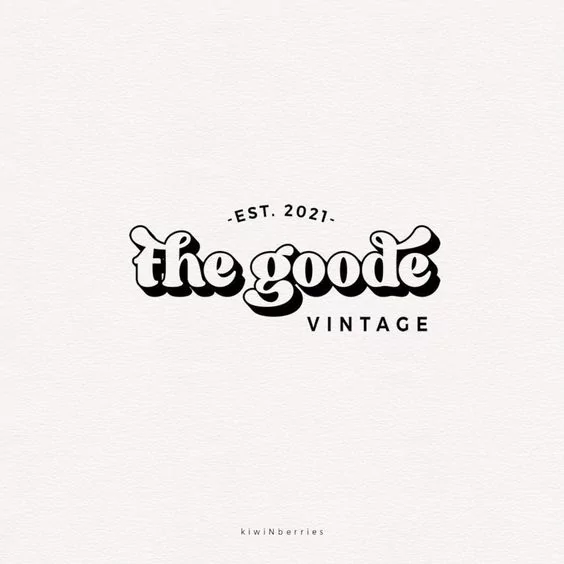
Image Courtesy: Pinterest
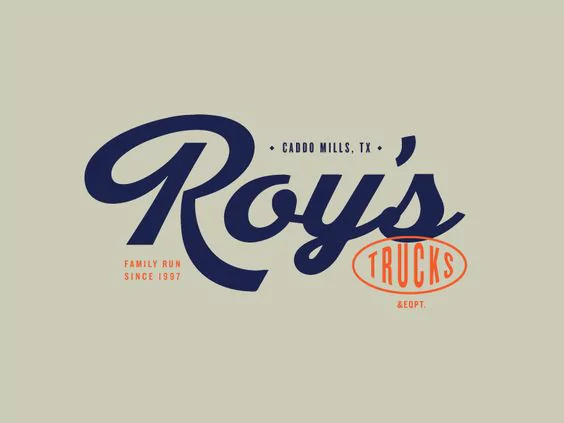
Image Courtesy: Silvia Skinner on Dribbble
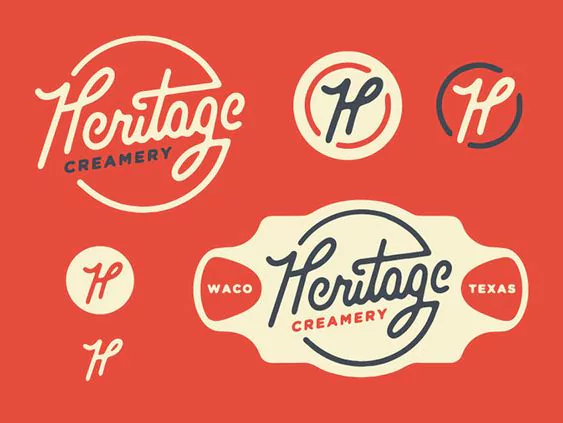
Image Courtesy: Pinterest
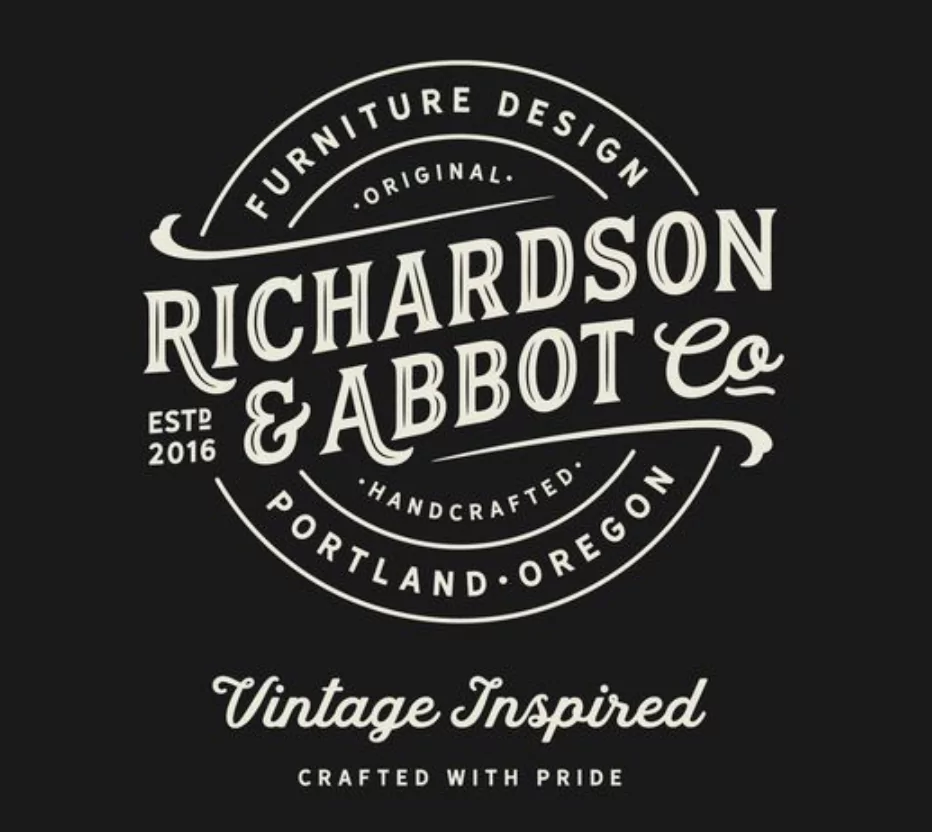
Image Courtesy: Pinterest
12. Hand-drawn logos
Some of the most creative logo design ideas come straight from pen to paper. With the hand-drawn logo idea, you can create a logo that feels personal, authentic, and entirely unique.
You can create hand-drawn typography, illustrations, and icons for your logo—as long as they’re clear and easy to make out. Bear in mind that hand-drawn logos may be more difficult to scale up and down, and, depending on the brand, they may look somewhat out of place in digital contexts.
But, if you’ve got license to design a logo that’s fun, playful, and relatable, the hand-drawn logo idea is well worth exploring.
Hand-drawn logo examples:
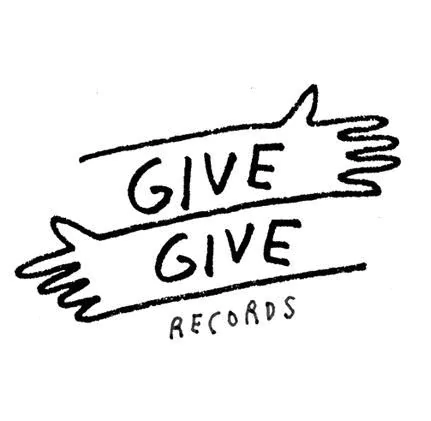
Image Courtesy: Pinterest
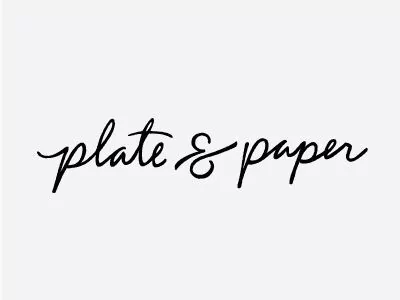
Image Courtesy: Ross Bruggink on Dribbble
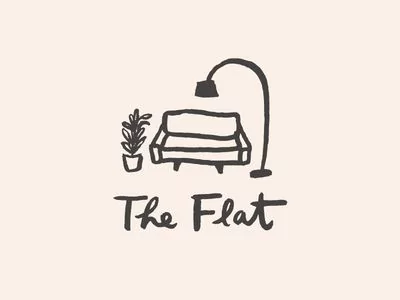
Image Courtesy: Jessica Levitz on Dribbble
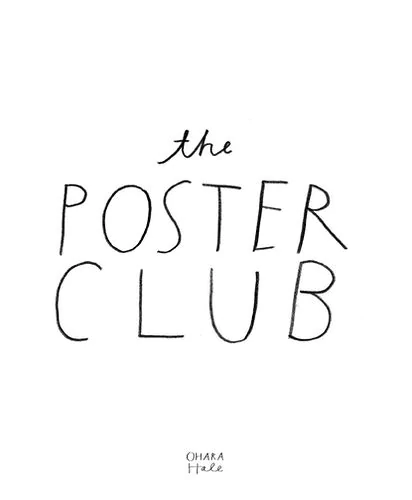
Image Courtesy: Ohara Hale
13. Dynamic logo design
Logos don’t have to be static. The trend for dynamic logo design is steadily growing in popularity, especially among brands that want to be seen as creative, innovative, and, well, dynamic.
A dynamic logo can adapt or change depending on the context, or as a result of user interactions. For example, you might design a logo that moves or changes when the user hovers over it with their mouse, or design your logo to include an animation. Another way to apply the dynamic logo design idea is to create a series of different images or symbols that accompany the logo depending on the context.
When designing a dynamic logo, be diligent about maintaining consistency and cohesion. Your logo should be adaptable and fluid while always being recognizable. Keep the core blueprint of your logo the same and introduce dynamism into the smaller details.
Dynamic logo examples:
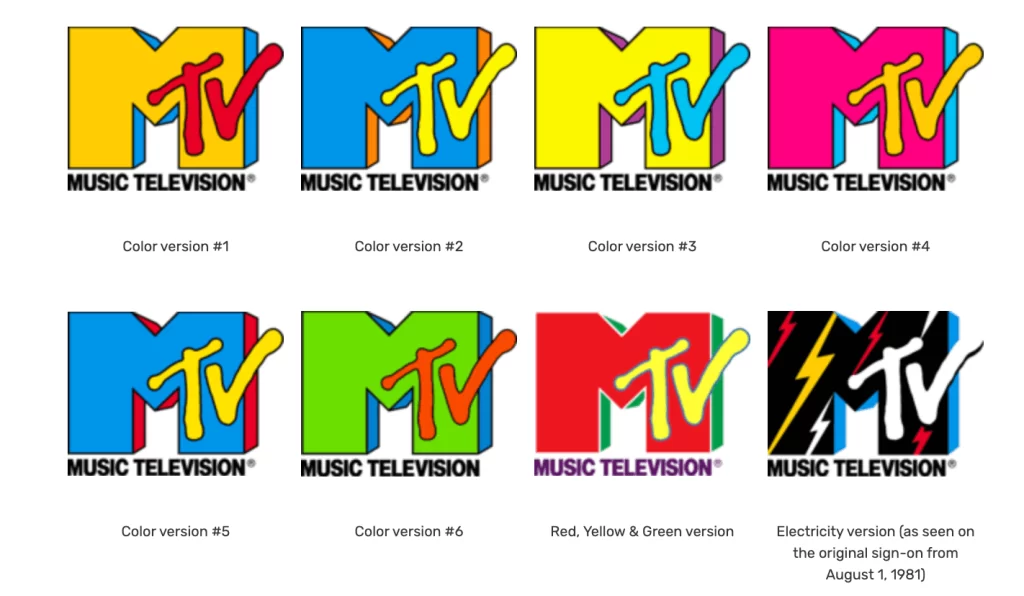
Image Courtesy: Tailor Brands
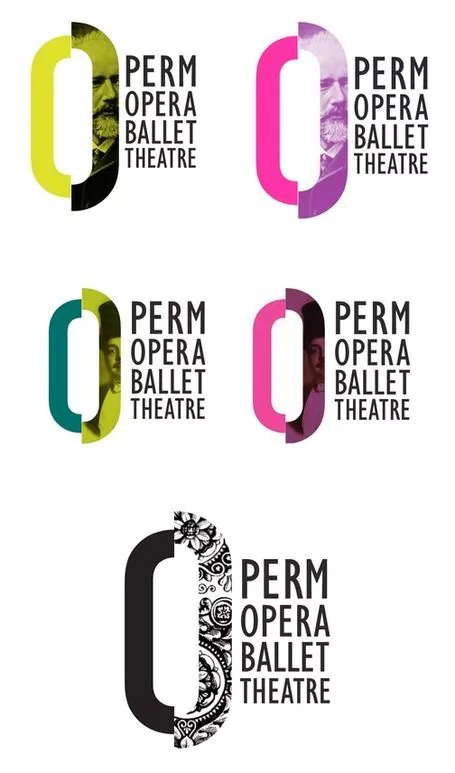
Image Courtesy: Pinterest
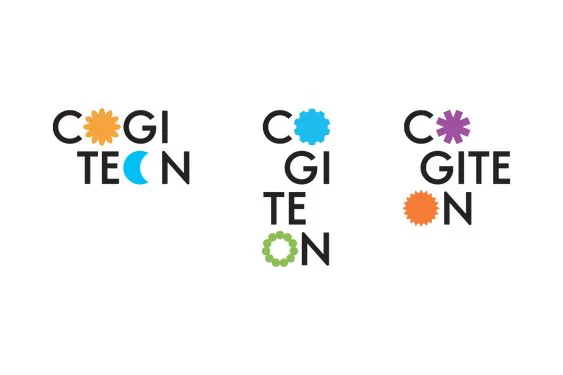
Image Courtesy: Bartosz Szymkiewicz on Behance
No matter what graphic design logo idea you decide to work with, note that the principles of effective logo design remain the same. Whether you create a nostalgic vintage logo or a modern, minimalistic one; an abstract geometric masterpiece or a beautiful typographic logo—be sure to design a logo that’s:
- Simple
- Original
- Versatile and scalable
- Clear and legible
- Timeless
- Representative of the brand
Bear these principles in mind and you’ll be well on your way to creating an effective, impactful logo that looks great and sends a powerful message wherever it’s displayed.
How to get started with logo design
Gathering inspiration is just the first step. So what next? Here’s how to leverage the unique logo design ideas for your business!
If you’re brand new to logo design, it’s worth taking the time to understand the main elements that make up a logo—as well as all the key principles that logo designers follow. You’ll find all that (and more) in our introductory guide: Everything You Need To Know About Logo Design. When learning about these fundamentals, it is recommended you also refer to projects and portfolios for an in-depth understanding. You can take a look at AND learner Abhishek Singh’s brand identity project for reference.
If you’re ready to start designing your logo, the next step is to determine which type of logo you’ll create. Whether you design a wordmark, pictorial mark, an emblem, or a combination logo—these all have implications for how your brand is conveyed and perceived. We explain the 7 main types of logo design here, together with advice on when to use each type.
Now it’s time to get practical! Set up your chosen logo design tools and follow the logo design process from A to Z. We’ve put together a step-by-step guide on how to design a logo here, taking you from research and ideation right through to testing, refining, and delivering the final design.
And remember: logo design is just one part of graphic design. There are many more exciting topics to explore within the field—typography, storytelling, brand narrative, communication, and strategy, to name just a few! If you’re interested in learning the whole gamut of graphic design skills, check out the AND Academy's Graphic Design Diploma.
Next Steps:
If you need further information, here are some additional resources you can consider:
- Watch this session by design veteran and AND’s Academic Head, Prachi Mittal, and our Course Lead, Soumya Tiwari.
- Talk to a course advisor to discuss how you can transform your career with one of our courses.
- Pursue our Graphic Design courses - all courses are taught through live, interactive classes by industry experts, and some even offer a Job Guarantee.
- Take advantage of the scholarship and funding options that come with our courses to overcome any financial hurdle on the path of your career transformation.
Note: All information and/or data from external sources is believed to be accurate as of the date of publication.

